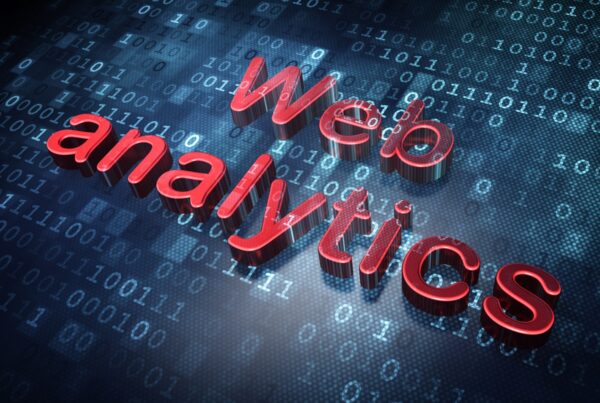
With energy decentralization evolving into so much more than just an energy trend, nearly every business could have a stake in it.
Energy transition, or the shift from fossil fuels to renewable sources, is a major step in the fight against climate change and environmental pollution. But there’s an important subtext to the energy transition discussion that doesn’t quite get the same attention. This is the decentralization of energy systems to supplement – and eventually replace – the traditional centralized systems of energy production and distribution. In a decentralized system, energy is produced closer to where it is consumed, instead of in a central location relatively far away. This not only reduces transmission and distribution costs (and losses) but also optimizes the use of renewable energy especially when hundreds of local generators (of renewable energy) connect to a smart grid.
The game-changer here is a battery that can efficiently store solar and wind energy – unheard of even a few years ago – and supply it at the time of demand to sustain and stabilize the grid. Technologies, such as AI and analytics, are further improving the renewables supply and demand equation by predicting weather conditions and consumption patterns, so electricity may be generated at a time and place that is closest to when and where it is being used.
Energy decentralization naturally impacts the entities in the energy value chain that are used to a centralized system of generation and distribution. But the story less narrated is how that also has significant implications for many other businesses and their way forward.
When one looks at energy decentralization in a context broader than domestic consumption, at the level of ecosystems, a whole new picture emerges. Consider an electric vehicle charging station – it is a great use case for energy decentralization. Since the basic idea is to bridge the distance between supply and demand, what’s to stop businesses with constant vehicular traffic, such as retail stores, hotels and car parks, from installing one? This would be a good way to monetize their real-estate as well as gather new data-based insights about customers, including what cars they drive, how often they charge their vehicles, what they do as their cars charge, etc. One example is how a large warehouse chain, that counts logistics and ecommerce biggies among its clients, is considering building a billion-dollar business in charging infrastructure for electric trucks as they wait to load or unload. Beyond the incremental revenue, the company expects this initiative to position it as the most convenient location for logistics and fleet companies to send their vehicles.
Even for someone in the core energy business, there may be other, adjacent, opportunities to be explored. If customers are spending a little longer in charging their EV batteries than they did filling gas, should the providers be looking at optimizing that wait time? Could they upgrade their on-site convenience stores to a full-fledged grocery outlet, either on their own or in partnership with a hypermarket chain?
Such forays also spell opportunities all round. Today, digital services providers are evolving a new role as integrators of energy value chains. With energy systems going digital, these companies are providing intelligent solutions and platforms to optimize the performance of everything with a digital component, from smart grids to electric vehicle charging stations. Additionally, the participation of technology is opening up the possibility of delivering Energy as a Service (EaaS) – bringing together digital technology with clean energy to meet consumers’ needs in an optimized and efficient manner. Technology comes into play not only in production but even in things like building design, to change the way energy is consumed for the better. A fine example of this is how bp and Infosys have come together to deliver on the potential of EaaS.
bp’s integrated energy offering draws on technologies and businesses in solar and wind together with gas for power, fuels, electric vehicle charging, battery swapping and advanced mobility solutions. Infosys has the digital capabilities to manage energy assets, provide low carbon power, low carbon heating/cooling, and low carbon mobility to spaces, driven by their AI-based platform. Together, the companies have started to explore opportunities using bp’s energy and mobility expertise with Infosys’ digital platform to first enable Infosys’ work campus in Pune, India to use energy more efficiently, and to optimize supply and demand across multiple users and assets, without having to invest in additional energy infrastructure. All this will be enabled by an AI-based platform. Following this pilot, the partnership plans to extend the opportunity to manage energy and reduce emissions at industrial and business parks as well as cities.
With energy decentralization evolving into so much more than just an energy trend, nearly every business could have a stake in it. In fact, Infosys has launched Energy Innovation Centers in Houston and London to help companies explore and monetize opportunities in this realm. The ones that boldly embrace the movement clearly stand to gain.
Ashiss Dash is the SVP and Global Industry Head of Services, Utilities, Resources and Energy at Infosys.














